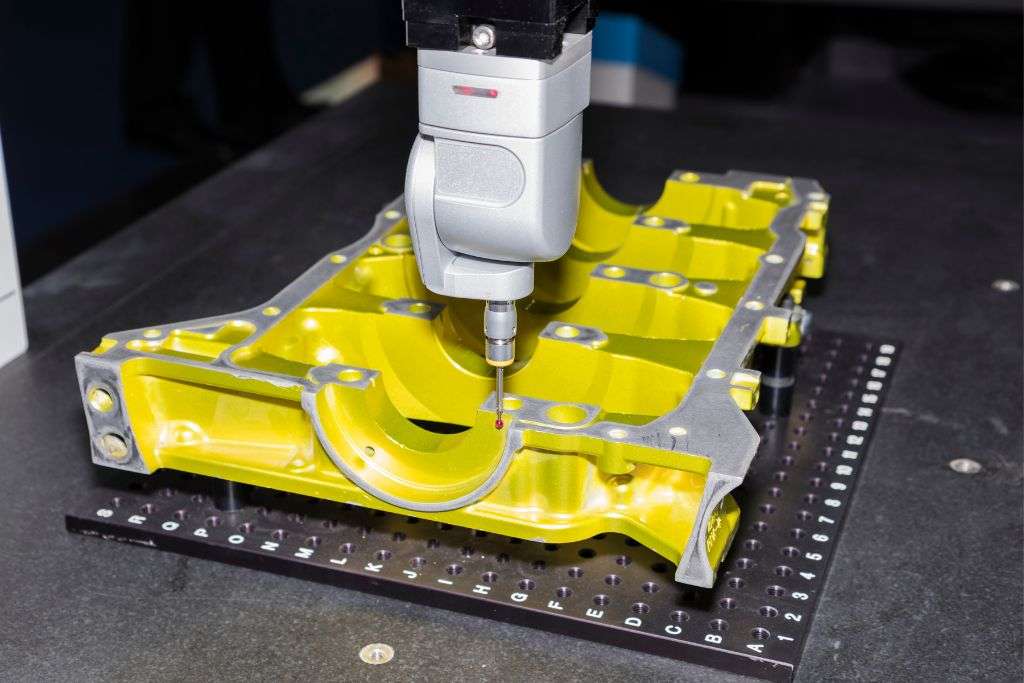
Aug 17,2023
Reaching an optimal level of CNC machines is not easy because it takes time, expertise, and lots of experiments. For experiments, you have to bear the loss in many ways.
Sometimes you damage the workpiece and, sometimes, a working tool. But after those experiments, you become a maestro of CNC machining. That is where you get an edge over your competitors in the CNC machining industry.
If you are working on an aluminum machine part, you ought to know every bit of information. That includes helix angle, flute count, and information related to CNC machining.
When you are working on aluminum, you must know the nature of this metal. It is totally different from stainless steel, titanium, tungsten, etc. From cutting depth to angle, you need to know everything.
The working tools of a CNC machine are composed of various types. When we use drills, we have to be sure about the flute count on them.
Different drill bits have different flute counts, which has a lot to do with the result of the workpiece.
In the case of aluminum machining, the flute count must be 2. The groves on the tip of a drill bit decide how sharp it needs to be cut.
Also, it is related to depth and impact on the workpiece on which it is being used.
By using a 2-flutes drill bit, you can cut aluminum more precisely. This will give you an optimal result. Besides, you can take drill bits of a maximum of 3 flutes.
Not more than that, otherwise the efficiency will drop. Each type of metal has a different limit of machining resistance, and aluminum is among the soft metals. This is why the flute count must be 2.
Drill bits have other differences, which highlight the helix angle. It is the angle on cutting edges or threads present in a drill bit.
If you look closely, their threads are different from other types of drill bits. The Helix angle is another element in them that decides the cutting performance of each type of metal.
The helix angle ranges from o degrees to 60 degrees. In aluminum, you need a helix angle between 35 degrees and 40 degrees.
Maximum 45 degrees angle will work well on aluminum machining. This will make the drill bit perform the cutting process more precisely.
A chip breaker is required in CNC bit for high cutting and penetration in hard materials.
Since aluminum is metal, you need to choose the right type of chip breaker. For maximum precision in the aluminum workpiece, your chip breaker must have a flute count of 3.
This means the aluminum will be cut more smoothly, and there will be less risk of damaging it. It is about the sharpness of the drilling ability, which leaves no chance of poor cutting.
A 3-flute chip breaker will cut and remove the layers from the aluminum in a cleaner way. If you use a higher-flute chip breaker than a 3-flute, it will not give you fine results.
Then you will not be able to optimize the production of aluminum parts. It is a detailed version of the concept behind it, and CNC experts can understand it better.
The speed of the spindle motor is the backbone of the cutting process. Metals have more resistance than other materials. To reduce that resistance for better cutting, you need a high-speed spindle motor.
Over 10,000 RPM speed will be ideal. If you work at 10,000 RPM, it will also be enough to cut the aluminum parts faster. Choosing a slower motor will reduce the cutting efficiency, and the parts will not get optimized results.
The spindle motor is behind half of the efficiency of the drill bit. Choosing a sharp bit with the mediocre speed of a spindle motor will be a waste of energy and resource. Experts choose fast motors along with sharp drill bits for super-fast drilling.
The working tool’s performance depends upon its sharpness and threads. The more you use them, the more they will wear. It means you need to keep an eye on their performance. If they are not giving you fast results, you will have to replace them with new ones.
That is how experts keep the production going. Uniform results and high precision are two objectives every aluminum machining part manufacturer seeks. High friction and wrong coolant usage wear the working tools.
When you are about to do machining for thin walls, there will be a risk of deformation. This is where many beginners fail. If you are willing to achieve optimization on aluminum machining parts, there is something you need to learn.
That is how to do machining on thin walls. When you do high-tolerance machining, the temperature of the workpiece rises.
This can change the condition of metal, where soft metals may start deforming. To avoid that deformation in high tolerance working, one should do it in parts. Divide the process into two parts.
After the first term of machining, give some time to the workpiece, so it can cool down, and then loosen the clamps just a little, so it can not pressurize the aluminum part. You will need time to master this thing.
The thickness and nature of the coolant show how much heat it is supposed to reduce. Some metals need less viscous, and some need highly viscous coolants for that.
If you want to optimize the aluminum machining part working, this part is important. Every material heats up when it is machined in CNC.
It is because of friction, which is a natural thing. To reduce that friction, you will have to purchase a very efficient coolant for aluminum parts.
We tried our level best to simplify the techniques for you. Still, if you want to know in-depth, you can do more research from your side. It is also about experiments using different bits and other cutting tools to get the optimal output.